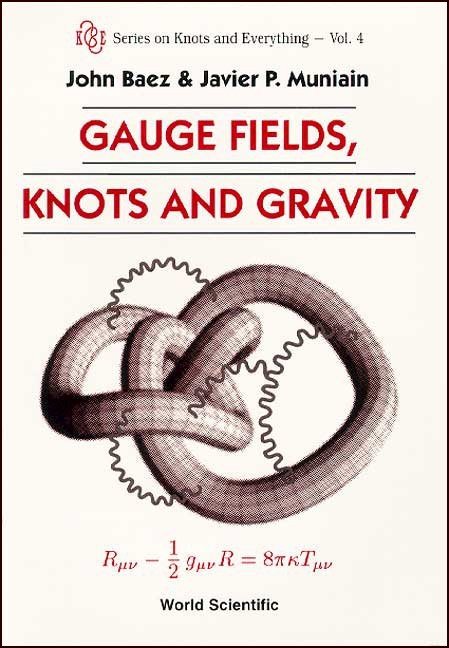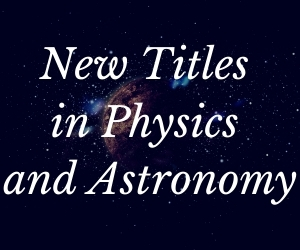System Upgrade on Tue, May 28th, 2024 at 2am (EDT)
Existing users will be able to log into the site and access content. However, E-commerce and registration of new users may not be available for up to 12 hours.For online purchase, please visit us again. Contact us at customercare@wspc.com for any enquiries.
This is an introduction to the basic tools of mathematics needed to understand the relation between knot theory and quantum gravity. The book begins with a rapid course on manifolds and differential forms, emphasizing how these provide a proper language for formulating Maxwell's equations on arbitrary spacetimes. The authors then introduce vector bundles, connections and curvature in order to generalize Maxwell theory to the Yang-Mills equations. The relation of gauge theory to the newly discovered knot invariants such as the Jones polynomial is sketched. Riemannian geometry is then introduced in order to describe Einstein's equations of general relativity and show how an attempt to quantize gravity leads to interesting applications of knot theory.
Sample Chapter(s)
Chapter 1: Maxwell's Equations (420 KB)
Contents:
- Electromagnetism:
- Maxwell's Equations
- Manifolds
- Vector Fields
- Differential Forms
- Rewriting Maxwell's Equations
- DeRham Theory in Electromagnetism
- Gauge Fields:
- Symmetry
- Bundles and Connections
- Curvature and the Yang-Mills Equation
- Chern-Simons Theory
- Link Invariants from Gauge Theory
- Gravity:
- Semi-Riemannian Geometry
- Einstein's Equation
- Lagrangians for General Relativity
- The ADM Formalism
- The New Variables
Readership: Mathematicians, mathematical physicists and theoretical physicists.
























